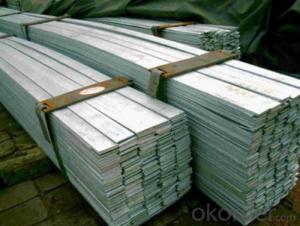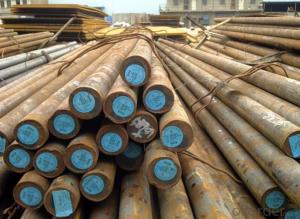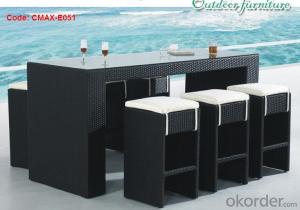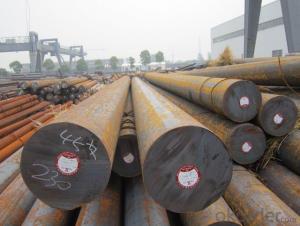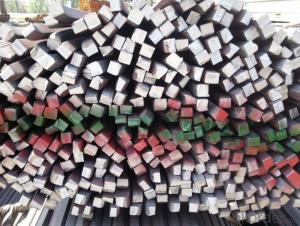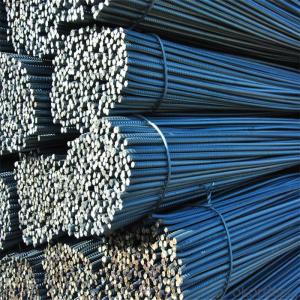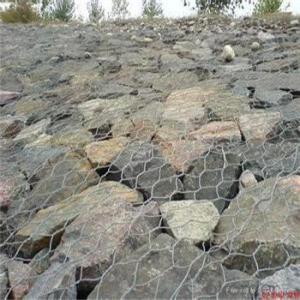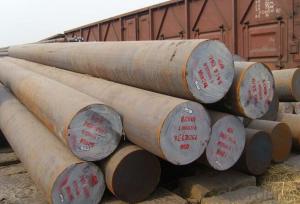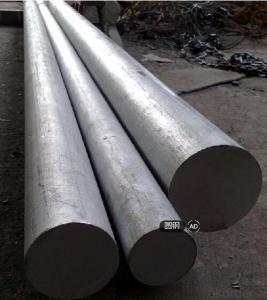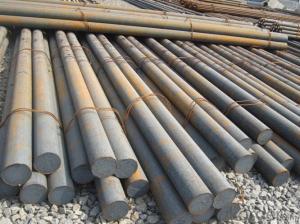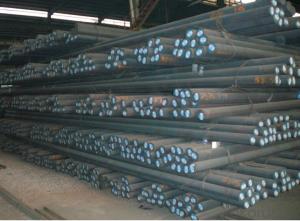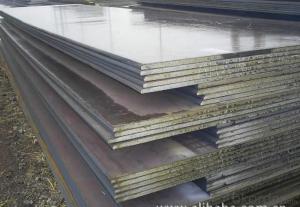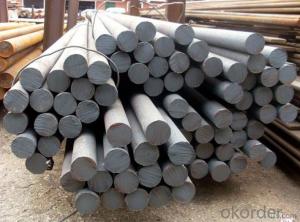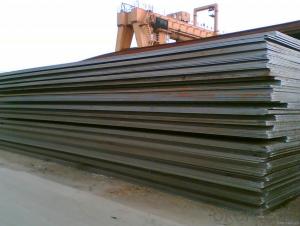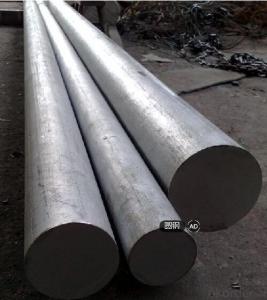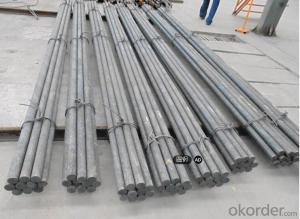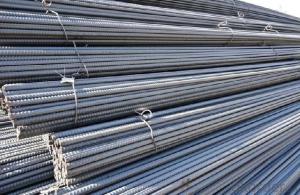1 Inch Steel Bar
1 Inch Steel Bar Related Searches
H S Code For Stainless Steel Surface Grinding Wheels For Hardened Steel Hole Saw For Stainless Steel Step Bit For Stainless Steel Transformers For Lights In Ceiling Led Lamps For Ceiling Stainless Steel Box With Lid Stainless Steel Bucket With Lid Ceiling Plate For Hanging Light Decorative Lights For CeilingHot Searches
Steel Mesh Panels For Sale Type Of Inverter For Solar Price Of Shipping Containers For Sale Types Of Inverter For Solar Aluminum Bar Stock For Sale Bags Of Cement For Sale Types Of Temporary Side Panels For Cement Deck Cost Of Awnings For Decks Type Of Scaffolding With Pdf Price Of Scrap Stainless Steel Price Of Stainless Steel Scrap Price Of Stainless Steel Galvanized Steel Scrap Price Type Of Stainless Steel Types Of Stainless Steel Grades Types Of Stainless Steel Aluminum Corp Of China Stock Types Of Scaffolding In Construction Pdf Stainless Steel Factory Stainless Steel Type1 Inch Steel Bar Supplier & Manufacturer from China
Okorder.com is a professional 1 Inch Steel Bar supplier & manufacturer, offers integrated one-stop services including real-time quoting and online cargo tracking. We are funded by CNBM Group, a Fortune 500 enterprise and the largest 1 Inch Steel Bar firm in China.Hot Products
FAQ
- Yes, special steel can be used in the food packaging industry. Special steel, such as stainless steel, is commonly used in food processing and packaging due to its resistance to corrosion, durability, and easy cleaning properties. It ensures the hygiene and safety of food products, making it suitable for various applications in the food packaging industry.
- The limitations of using special steel in high-temperature applications include its susceptibility to oxidation and corrosion, reduced mechanical strength at elevated temperatures, and potential for thermal expansion and distortion. Additionally, special steel may be expensive and difficult to obtain, limiting its practicality in certain applications.
- The food processing aftermarket industry greatly benefits from the use of special steel, as it offers a multitude of advantages that enhance overall efficiency, safety, and productivity. To begin with, special steel is renowned for its remarkable resistance to corrosion. This is particularly crucial in the food processing industry, where equipment frequently encounters acidic and corrosive substances. By utilizing special steel, machinery remains impervious to rust and contamination. As a result, the hygiene and quality standards of food processing operations are maintained, thereby reducing the risk of foodborne illnesses and contamination. Moreover, special steel exhibits exceptional strength and durability, enabling food processing equipment to withstand the demanding conditions of heavy usage and continuous operations. The robustness of special steel ensures the reliability of equipment, minimizing the likelihood of breakdowns or malfunctions during critical production processes. Consequently, operational efficiency is increased, downtime is reduced, and production output is improved. Furthermore, special steel can be customized to suit specific applications, allowing manufacturers to design and produce equipment that meets the unique requirements of the food processing industry. Special steel alloys can be tailored to possess specific properties, such as heat resistance, wear resistance, or hardness, depending on the specific processing needs. This adaptability guarantees that equipment can handle different types of food products, processing techniques, and operating conditions, resulting in enhanced versatility and adaptability within the food processing aftermarket industry. Additionally, special steel is compatible with various cleaning and sterilization processes, making it ideal for food processing equipment. The material can endure high-temperature cleaning methods, such as steam or chemical cleaning, without deteriorating or compromising its structural integrity. This ease of cleaning and sterilization contributes to maintaining the highest standards of hygiene and sanitation within the food processing industry. In conclusion, special steel's resistance to corrosion, strength, durability, customization options, and compatibility with cleaning processes make it an invaluable material within the food processing aftermarket industry. Its contribution to equipment reliability, hygiene, and productivity ensures that food processing operations can meet the stringent quality and safety standards required in this sector.
- Surface texturing for special steel can be achieved through various methods, each with its own unique benefits and applications. Among the most commonly used techniques are: 1. Shot blasting: By propelling small metal or ceramic particles at high speeds onto the steel surface, this process effectively eliminates impurities and contaminants. It results in a textured finish that enhances adhesion for coatings and paints. 2. Acid etching: In this method, the steel is submerged in an acidic solution that selectively removes a thin layer of the surface, creating intricate patterns or designs. Acid etching enables the achievement of detailed textures on the steel surface. 3. Mechanical grinding: This technique involves physically grinding and removing material from the steel surface using abrasive tools. The texture achieved can range from smooth to rough, depending on the grit size of the grinding tool. 4. Laser texturing: An advanced approach, laser texturing employs laser technology to produce precise and intricate patterns on the steel surface. This method offers exceptional precision, repeatability, and enables the creation of complex designs that may be challenging to achieve with other methods. 5. Electrochemical etching: By utilizing an electric current, this process selectively dissolves the steel surface, resulting in a textured pattern. Electrochemical etching allows for consistent and controlled textures on the steel surface. Each surface texturing method has its own advantages and limitations. The choice of technique depends on factors such as the desired texture, the specific properties of the special steel, and the intended application.
- There are several heat treatment methods used for special steel, each with its own purpose and benefits. These methods are employed to enhance the mechanical properties of the steel, such as hardness, toughness, and strength. Some of the commonly used heat treatment methods for special steel include: 1. Annealing: This method involves heating the steel to a specific temperature and holding it at that temperature for a certain period of time, followed by slow cooling. Annealing helps in reducing the internal stress and improving the machinability of the steel. 2. Normalizing: In this process, the steel is heated to a temperature above its critical range and then allowed to cool in still air. Normalizing refines the grain structure of the steel, making it more uniform and improving its strength and toughness. 3. Quenching: Quenching is a rapid cooling process that involves immersing the steel in a quenching medium, such as oil or water, after it has been heated to a specific temperature. This method results in a hardened steel with increased hardness and wear resistance. 4. Tempering: Tempering is a heat treatment process that involves reheating the hardened steel to a specific temperature and then cooling it in still air. This process helps to reduce the brittleness of the steel and improve its toughness and ductility. 5. Austempering: Austempering is a specialized heat treatment method that involves quenching the steel to a temperature just above its martensite transformation range and then holding it at that temperature for a specific time, followed by air cooling. This process produces a steel with a combination of high strength and toughness. 6. Martempering: Martempering is a variation of quenching and tempering, where the steel is quenched and then held at a temperature slightly above its martensite transformation range before air cooling. This method is used to produce a steel with improved toughness and reduced distortion. 7. Nitriding: Nitriding is a surface hardening technique that involves introducing nitrogen into the steel by heating it in an atmosphere of ammonia gas. This process forms a hard nitride layer on the surface of the steel, increasing its hardness, wear resistance, and corrosion resistance. These heat treatment methods are crucial in tailoring the properties of special steel to meet specific requirements in various industries, such as automotive, aerospace, and tool manufacturing. The choice of heat treatment method depends on the desired properties and the intended application of the steel.
- Special steel offers several key advantages in the power generation industry. Firstly, its exceptional strength and durability make it highly resistant to the harsh operating conditions of power plants, ensuring long-lasting performance and reducing maintenance costs. Additionally, special steel's excellent heat resistance properties allow it to withstand high temperatures and pressure, crucial for power generation processes. Moreover, its corrosion resistance minimizes the risk of degradation and potential failure, enhancing overall safety and reliability. Lastly, special steel's unique composition enables it to maintain its mechanical properties at extreme temperatures, enabling efficient energy conversion and improving power plant efficiency.
- Yes, special steel can be used for musical instruments. Steel alloys such as stainless steel or carbon steel are commonly used in the construction of certain musical instruments, particularly those requiring durability and resistance to corrosion. Examples include steel drums, certain percussion instruments, and parts of brass instruments like trumpets.
- Yes, special steel can be used in aerospace turbine components. Special steel alloys, such as nickel-based superalloys, are commonly used in the manufacturing of turbine blades and other critical components in aerospace engines. These alloys possess high strength, excellent corrosion resistance, and can withstand extreme temperatures and stress conditions, making them suitable for the demanding environment of aerospace turbines.















